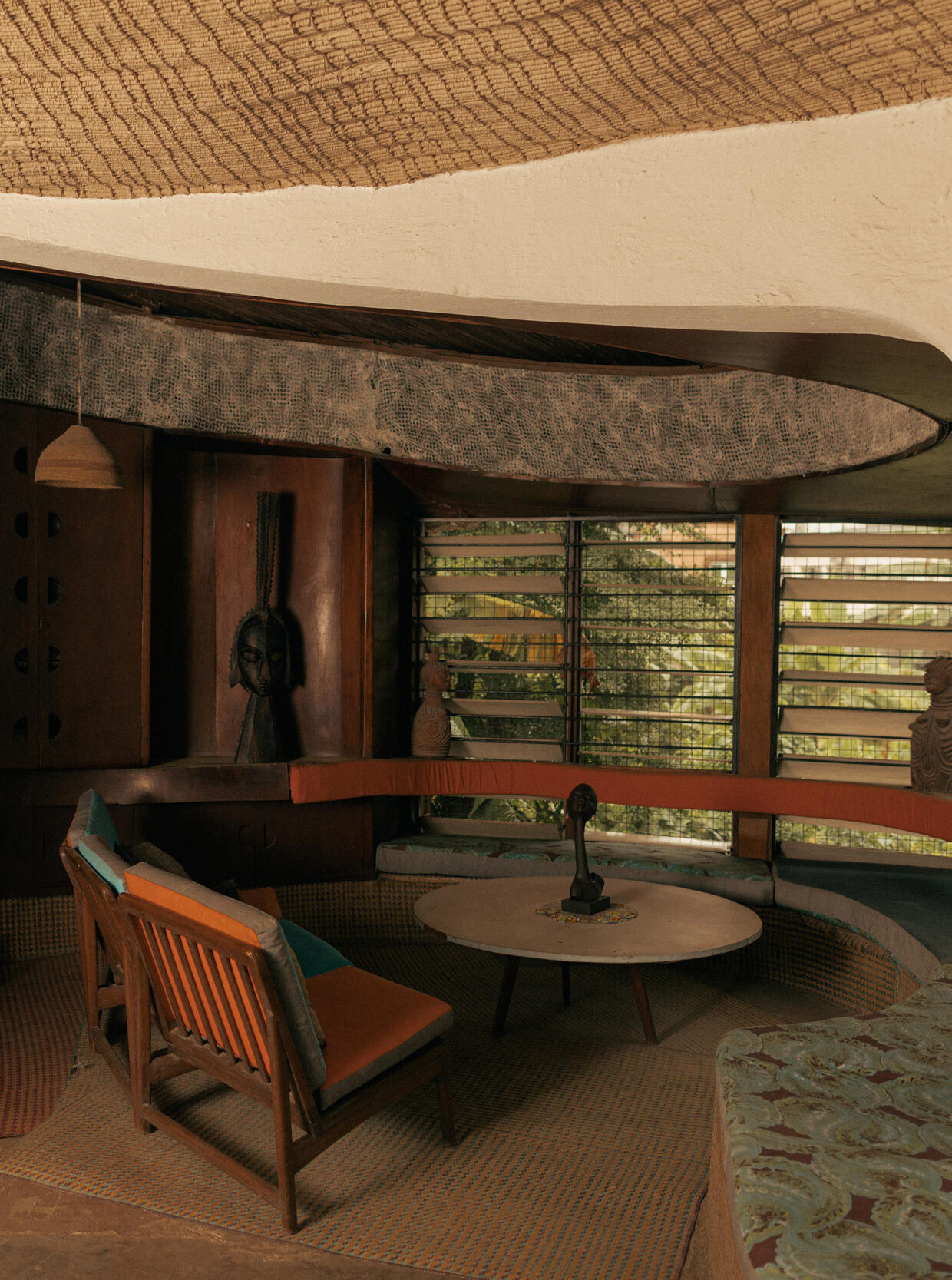Essay:
Home Sweet HomesteadWhat’s behind the latest drift back to the land?
Scroll through the posts in a homesteading Facebook group on any given day and you are certain to learn a thing or two: the best ways to preserve watermelon; recipes for batch-cooking Spam; how to tell if a cow’s leg is broken or just sprained; the difference between toad and snake droppings.
Homesteading—a way of life characterized by subsistence agriculture, preserving food, making clothes and, in some cases, living as if the past 50-plus years never happened—is in a post-pandemic boom. Those who’d been nursing their dreams of living off the land while stuck within their four walls emerged from the pandemic with a cache of knowledge from their vicarious online wanderings.
“We saw hundreds of thousands of new homesteaders come into this lifestyle during 2020 and the beginning of 2021,” says Homesteaders of America (HoA) co-founder Amy Fewell, who’s currently juggling the organization of this year’s HoA conference with a popular podcast, an Instagram account, a You...
( 1 ) The private Facebook group Homesteading has over 120,000 members and posts hourly about recipes, land purchases, homeschooling and animal husbandry. A rule of the group: “Anyone can homestead regardless of their political affiliation. This is not a political group please help keep it that way."
( 2 ) Shaye Elliott of The Elliott Homestead was described by The Atlantic as “the Gwyneth Paltrow of America’s growing homesteading movement" in an article that summarized the varying output of homesteaders as somewhere between “Goop, Little House on the Prairie, and Mad Max."
( 3 ) Renewed interest in homesteading as a way of life has spurred support behind a Native-led Land Back movement to return ancestral lands to Indigenous people; since 2020, there has been an increasing succession of land reclamations.
( 4 ) The act didn’t just give the US its largely white rural middle class; if you were to gaze down at the gridlike configurations of farmland from an airplane, you would see its echoes literally etched into the landscape.
( 5 ) Some US states still offer free land to those willing to develop it, although the types of land available have changed. Small towns with dwindling populations use offers of free land to encourage the rebuilding of local communities. Kansas and Nebraska are two states that currently have active programs.
( 6 ) In 2007, controversy erupted after an organization called the Dervaes Institute successfully registered “urban homesteading” and “urban homestead” as trademarks and began insisting that bloggers not use the terms. It took six years of legal action for the decision to be overturned.



